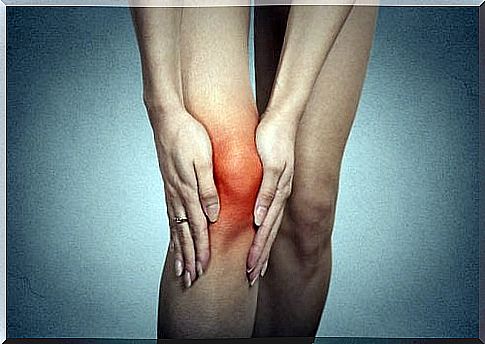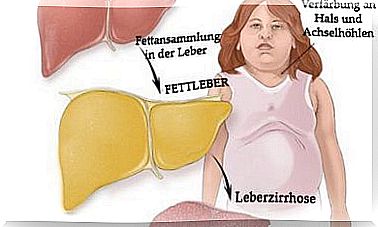Bursitis: Tips On Everything To Do With Bursitis
In bursitis, the bursa is inflamed and pain is dependent on movement or pressure.

A bursitis often caused by overloading, through which the bursa, usually around joints, painful inflamed.
It can happen that more than one bursa is infected. The inflammation can be recognized by the warming of the surrounding body tissue.
Bursitis = inflammation of the bursae
Bursitis describes the medical term for the long term bursitis .
Bursae occur everywhere in the body where soft structures (e.g. muscles) and hard structures (e.g. bones) need to be protected from mutual friction. However, bursitis usually occurs in the joints.
There are around 150 bursae in the body that are rarely noticeable. Unless you have bursitis, which, as so often, shows us how many components our body has to function properly. We usually only notice this when something hurts.

Triggers bursitis

There are several factors that can cause bursitis. Usually there is a clearly definable cause behind it, which is usually one of the following:
- Sports injury
- Fall / blow
- Pressure overload / overuse
- Bacterial infections
In addition, there are various underlying diseases that increase the risk of developing bursitis but are not the primary cause of the inflammation.
Patients who have the following symptoms are at increased risk of developing bursitis:
- gout
- arthritis
- tuberculosis
- gonorrhea
If you suffer from any of these conditions, you should take special care to avoid excessive stress. This means that bursitis is not additionally provoked.

Symptoms

No matter where in your body the inflamed bursa is, the symptoms of bursitis are always similar and show themselves with:
- swelling
- Warming of the tissue
- Pain
- Redness
- Pressure sensitivity
If the bursa does not sit close to the surface, such as on the elbow, but in deeper tissues, for example in the hip joint, of course neither swelling nor reddening is noticeable externally.
If the symptoms are ignored, bursitis can cause the inflammation to spread. A fever can also occur.
If you experience these symptoms in yourself, you should see a doctor immediately. Because if left untreated, acute bursitis can become chronic. In the worst case, this means that the inflamed bursa has to be removed during an operation.
What helps?
The doctor treating you will prescribe medication to reduce the inflammation. Of course, these can only work if you take them as directed.
So our tips only serve to support the medication.
- It is important to protect the affected joint. Likewise, the stress that led to the inflammation should be completely stopped.
- In order to make the protection as effective as possible, it can make sense to immobilize the joint using a splint.
- Decongestant and anti-inflammatory creams, ointments and gels can be applied regularly. This supports the healing from the outside.
- Cooling will help reduce the inflammation. Please do not put ice directly on the skin!
- The doctor may decide that a puncture, the suction of accumulated fluid with a syringe, is necessary.
As a preventive measure, you should take care to minimize the strain on your bursa. That means, for example:
- use knee pads when working on the floor
- Use a suitably upholstered chair when you are seated
- Protectors sewn into work clothing, for example on the elbows, may make sense.
A burden cannot be avoided because, for example, you are in your bathroom necessarily yourself want to tile and kneel for an unusually long time, take long breaks giving the tissue a chance to recover.









